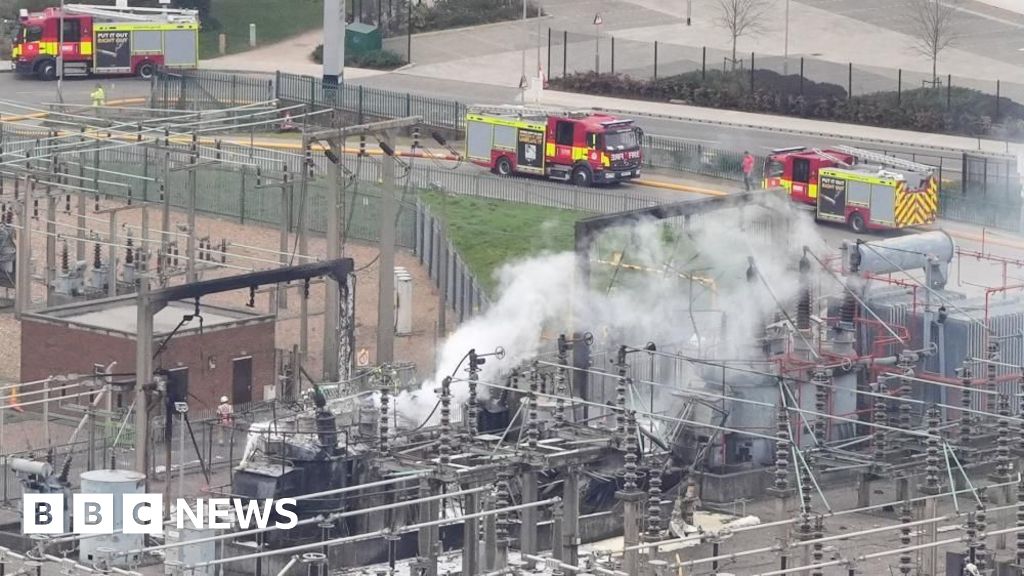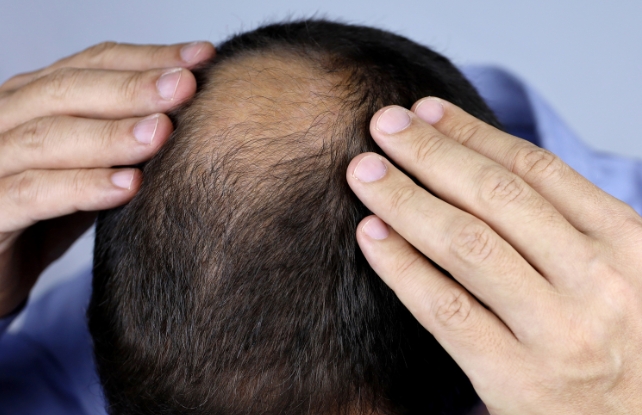Canada is currently experiencing a devastating wildfire season that has resulted in hundreds of fires, forcing thousands of people to flee and causing concern around the world about the consequences of climate change.
For a country that is famed for its orderliness, the out-of-control fires have created a sense of unease, with toxic smoke engulfing major cities like Ottawa, Montreal and Toronto, and even travelling as far south as the northeastern United States.
Here is some information about this year’s fires and Canada’s wildfire season that will help you better understand the situation.
A Season of Early Flames
While spring and summer are usually wildfire seasons for much of Canada, such fires usually occur in remote and sparsely populated areas. However, this year’s fires are much more severe, with hundreds of wildfires raging across much of the country. A dry, windy and abnormally warm spring created ideal fire conditions in many regions, with the first major fires reported in May in Alberta, which is a major oil and gas producing province and has had a history of wildfires.
So far, more than 2,300 fires have destroyed approximately 9,142,899 acres of forest – a figure that is much higher than the average of 674,357 acres that are burned by this point in the season.
Increased Risk of More Fires
The Canadian government has predicted that the entire country will have an above average risk for wildfires for the rest of June. Although Ontario and British Columbia have seen limited fire activity, experts believe this will not last and that the fires are likely to spread. However, some regions will be unaffected, such as the Arctic areas of the country that are too cold for trees to grow.
The distribution of the major fires is also unusual: from Alberta in the west to Nova Scotia on the Atlantic coastline, three time zones away. The smoke causing problems in the United States is mostly coming from areas in Quebec that do not typically experience major wildfires.
Causes of the Fires
Lightning is responsible for setting about half of Canada’s wildfires each season. These fires are generally the most damaging, as they often start in remote areas that firefighters can find difficult to access. They account for approximately 85 percent of the burned forest each season.
Humans are responsible for the other half of the fires not caused by lightning, setting them off accidentally through carelessness using a variety of methods. One of Alberta’s fires this year started when an all-terrain vehicle burst into flames. Some provinces have closed parks and forests to the public and banned camping and all outdoor burning to limit the risk of accidental fires. In previous years, sparks from trains braking while descending mountain passes have also caused fires.
Climate Change and Fire Risk
Climate research suggests that heat and drought associated with global warming are major causes of larger wildfires. Many parts of Canada have experienced drought and high heat, making trees vulnerable to fire. Also, dead grass, pine needles and other material on the bottom of the forest floor can become kindling for a fire when it sweeps through the forest.
Wildfire experts believe that the dryness, intense heat and lengthening fire season are all evidence of climate change and are likely to make wildfires more extreme in the future.
When will the Smoke Clear?
The patterns of the smoke, like the fires themselves, are dependent on the weather. However, relief is on the way for cities that have been dealing with the smoke and ash. Rain and cloud cover near the wildfires in Ontario should improve air quality in Toronto. Steven Flisfeder, an Environment and Climate Change Canada meteorologist, expects air quality in Toronto to improve over the weekend, thanks to the rain and cloud cover near the wildfires in Ontario. Catherine Brabant, another Environment Canada meteorologist, anticipates that wind patterns will not shift smoke plumes towards Quebec’s largest city, Montreal.
However, the frequency and intensity of fires are on the rise, and this may lead to more smoke filtering down into the United States in the future, necessitating a proactive response to wildfire prevention.
Canada’s Firefighting Capacity:
Although Canada does not have a national wildfire fighting force, the country relies on its ten provinces and three territories. Under normal circumstances, a coordination center would move firefighters and equipment, such as water bombers and helicopters from provinces with few fires to crisis areas that are being overwhelmed by blazes. Unfortunately, the scope and scale of this year’s fires are making it challenging for provinces to share firefighters and equipment, and the firefighting system is stretched to the limit. More than 1,100 firefighters have travelled to Canada from other countries, including groups from France, Chile, Costa Rica, the United States, Australia, New Zealand and South Africa, to provide assistance and alleviate the strain.
Vjosa Isai contributed to this report.














